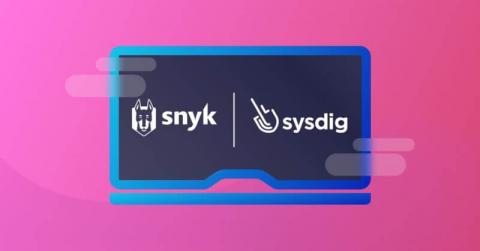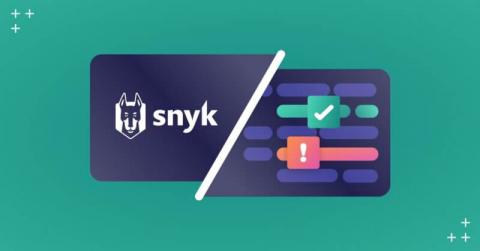How Onna Technologies uses Snyk & Sysdig to secure the SDLC while saving time and money
Onna Technologies, a data centralization software company, integrates security across every facet of their development process by using Snyk and Sysdig. We recently sat down with Onna’s Brent Neal (Director of Security), Mike Hoffman (Lead Security Engineer), and Andrew Leeb (Senior Software Engineer) to discuss data protection and compliance, cloud security priorities, and the benefits using Snyk and Sysdig for complete end-to-end container security.










